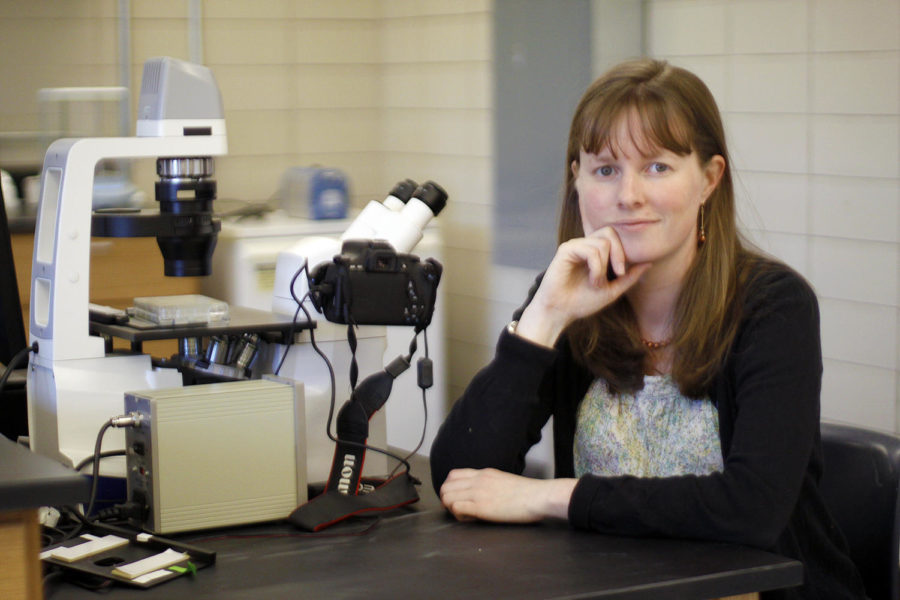Cancer treatment research begins at Iowa State
March 25, 2013
Kaitlin Bratlie, assistant professor of materials science, will begin the process of publishing scientific journals on her new cancer treatment theory.
Bratlie will be attending the Materials Research Society exhibition from April 1 to April 5, 2013, to present her research. Bratlie has published 20 other works and if she succeeds next week at the conference, this will be her first scientific journal for cancer.
Bratlie’s research centers around a certain type of cancer that does not respond to normal cancer treatments. The tumor-associated macrophages are what progresses the tumors.
Realizing that the tumor-associated macrophages are what could help cancer patients, Bratlie began her research to jump start the white blood cells used in wound healing and fighting off infections. This would fight off the macrophages.
The white blood cells would then realize the tumor is a threat and begin attacking it.
Rachel Philiph, sophomore in materials engineering, is helping with the research.
Philiph was given the chance to be a part of this research through the honors program.
“I submitted an application and looked through different professors and their research,” Philiph said. “I preference five, and then the honors program matched me with Bratlie.”
Philiph is excited to be applying engineering to health problems.
“Everything is based on doing reading of other scientists work; you do a lot of reading and take what other people do and put it together,” Philiph said.
Philiph explained the goal of the project.
“We are trying to develop a polymer [plastic cell], and use these particles to deliver the drug,” Philiph said. “It is like a delivery vehicle to get it into the body. We are trying to get it to work with the immune system [white blood cells] to want to attack these polymers.”
If this works, scientists can try to inject the polymer into the macrophages, which would tell the white blood cells to attack.
“There are a lot of steps to go through still, a lot of biological hurdles to overcome,” Philiph said. “It would be really cool if it develops into a real treatment.”
So far the research is going well, and soon Bratlie will begin doing research on mice. Once Bratlie and her research group start working with the mice, they will know more.
“We still have a lot of steps to go through,” Bratlie said. “But I think we have a shot.”







